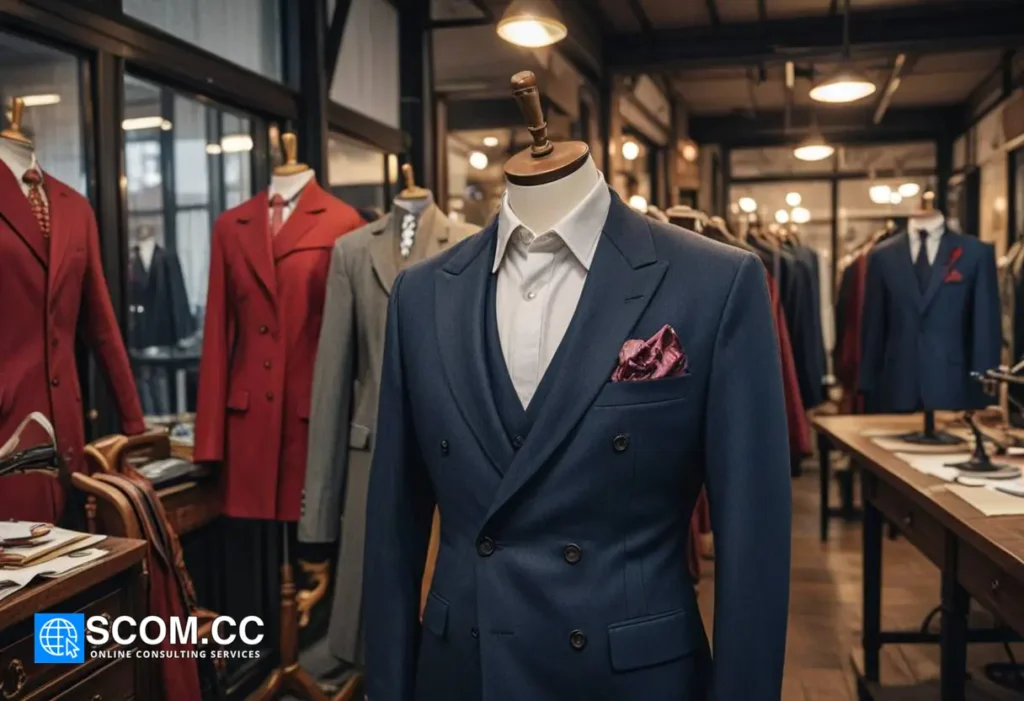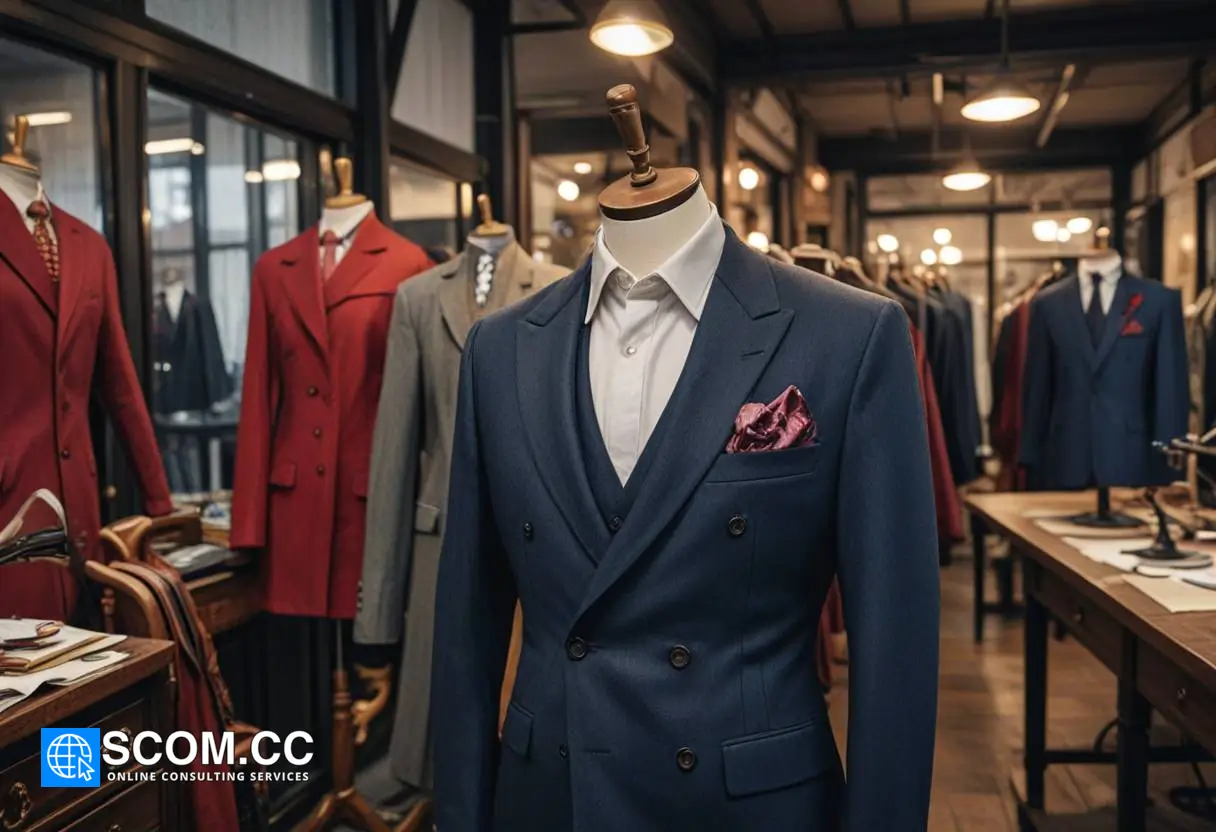Essential Tips for Tailoring Mens Dress Shirts

Essential Tips for Tailoring Mens Dress Shirts
Tailoring men’s dress shirts to achieve a perfect fit involves precision, attention to detail, and a deep understanding of garment construction. Whether you're adjusting a store-bought shirt or crafting one from scratch, applying the right techniques can transform an ill-fitting shirt into a bespoke masterpiece. This guide outlines essential tips to help you master the art of tailoring men’s dress shirts for a flawless fit.
Understanding the Key Areas of Fit for Dress Shirts
A well-tailored dress shirt is defined by its fit in several critical areas. Properly addressing each of these areas is crucial for achieving a polished, comfortable look.
Collar Fit
The collar is a prominent feature of any dress shirt, and its fit is critical:
- Collar Size: Ensure the collar fits comfortably around the neck without being too tight or too loose. A two-finger width between the collar and neck is a standard rule.
- Collar Shape: Choose a collar style that complements the wearer’s face shape and collar preferences, such as spread collars, button-down collars, or point collars.
Shoulder Fit
The shoulders define the overall structure of the shirt:
- Shoulder Seams: Align the shoulder seams so they sit precisely at the edge of the shoulders. Avoid seams that extend beyond the shoulder line or cause puckering.
- Shoulder Fit Adjustment: For shirts with excessive shoulder width, take in the seams to achieve a closer fit. Conversely, add fabric to increase shoulder width if needed.
Sleeve Fit
Proper sleeve fit affects both style and comfort:
- Sleeve Length: The ideal sleeve length allows the shirt cuffs to peek slightly beyond the jacket sleeves. Measure from the shoulder seam to just past the wrist bone.
- Armhole Fit: Ensure the armholes are high enough to avoid excess fabric while allowing for comfortable arm movement. Adjust the armhole if necessary to prevent tightness or looseness.
Body Fit
The body fit determines how well the shirt drapes and conforms to the torso:
- Chest and Waist: The shirt should fit snugly around the chest and waist without excess fabric. Use darts or princess seams to tailor the shirt’s body shape.
- Body Tapering: For a slimmer fit, taper the side seams and back darts. For a more relaxed fit, make adjustments to add ease around the torso.
Cuff Fit
The cuffs should provide a comfortable fit around the wrists:
- Cuff Size: Ensure the cuffs fit comfortably around the wrists, allowing for ease of movement. Cuffs should be snug but not restrictive.
- Adjustable Cuffs: Use adjustable cuffs if the shirt has them to fine-tune the fit. For custom tailoring, consider French cuffs or barrel cuffs based on preference.
Practical Tailoring Techniques for Dress Shirts
Applying the right techniques during the tailoring process ensures a professional finish and a perfect fit.
Measuring and Adjusting
Accurate measurements are essential for tailoring:
- Take Precise Measurements: Measure the chest, waist, shoulder width, and sleeve length accurately. Use these measurements to adjust the pattern or existing shirt.
- Mark Adjustments: Use fabric chalk or tailor’s markers to indicate areas that need adjustment. Make necessary changes to the seams and darts.
Adjusting Seams
Seam adjustments are critical for a proper fit:
- Side Seams: Take in or let out the side seams to achieve the desired fit. Press seams open and trim excess fabric for a clean finish.
- Back Darts: Use back darts to adjust the shirt’s shape and remove excess fabric. Sew darts carefully to maintain symmetry and avoid puckering.
Fitting Sessions
Conducting fitting sessions helps refine the fit:
- Initial Fitting: During the first fitting, assess the overall fit and make preliminary adjustments. Use pins or basting stitches to test changes.
- Final Fitting: Ensure all adjustments are made correctly and that the shirt fits comfortably. Check for any issues and make final tweaks as needed.
Selecting Fabrics for Tailoring
Choosing the right fabric is crucial for achieving the desired look and feel of the dress shirt:
- Fabric Type: Opt for high-quality cotton, cotton blends, or linen for a classic, breathable shirt. Consider twill or oxford fabrics for added texture and durability.
- Fabric Weight: Choose a fabric weight appropriate for the season and occasion. Lighter fabrics work well for warm weather, while heavier fabrics are suited for cooler climates.
Adding Custom Touches
Personalize the shirt with custom touches to enhance its uniqueness:
- Monogramming: Add a monogram or initials for a personalized touch. This can be done on the cuffs, collar, or pocket.
- Button Choices: Select buttons that complement the shirt’s fabric and style. Consider mother-of-pearl or metal buttons for a sophisticated look.
Care and Maintenance
Proper care ensures the longevity and appearance of the tailored shirt:
- Washing Instructions: Follow fabric-specific washing instructions to maintain the shirt’s shape and color.
- Ironing and Pressing: Use a steam iron and pressing cloth to maintain crisp seams and a polished finish. Iron the shirt while damp for the best results.
By following these essential tips for tailoring men’s dress shirts, you can achieve a perfect fit that enhances both appearance and comfort. Whether you’re making adjustments to an existing shirt or creating one from scratch, these techniques will help you deliver a high-quality, tailored garment.

To explore more about tailoring, visit our Blog of Tailoring. If you have any questions or need assistance, go to our contact page. Additionally, you can find more information about tailoring and consulting at this tailoring and consulting portal.

Leave a Reply